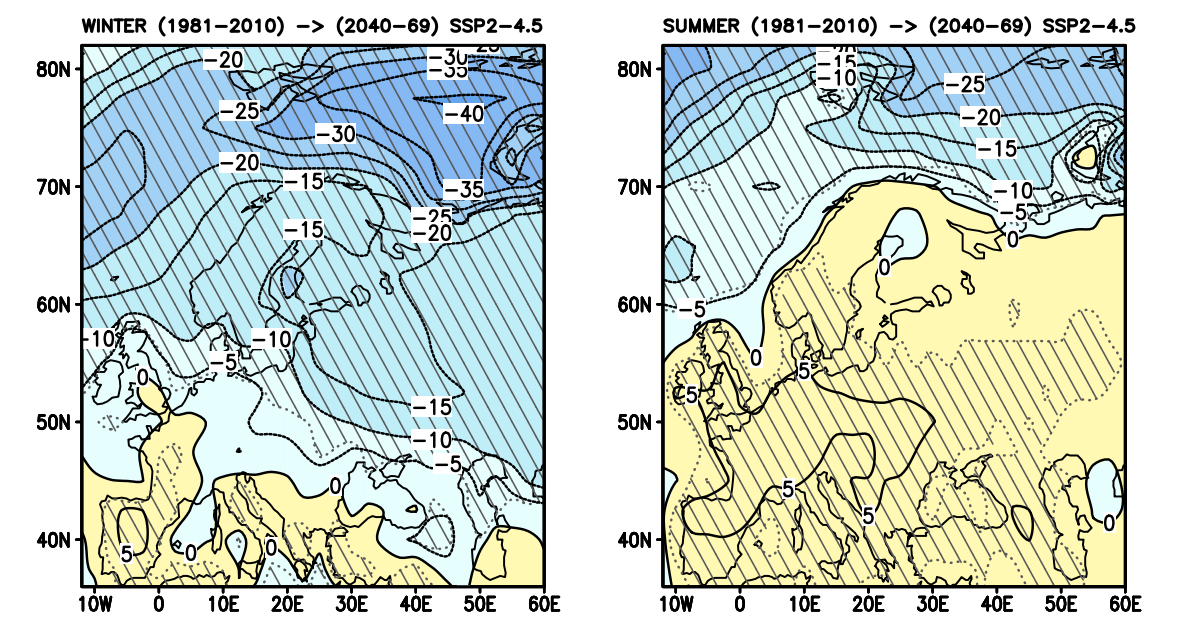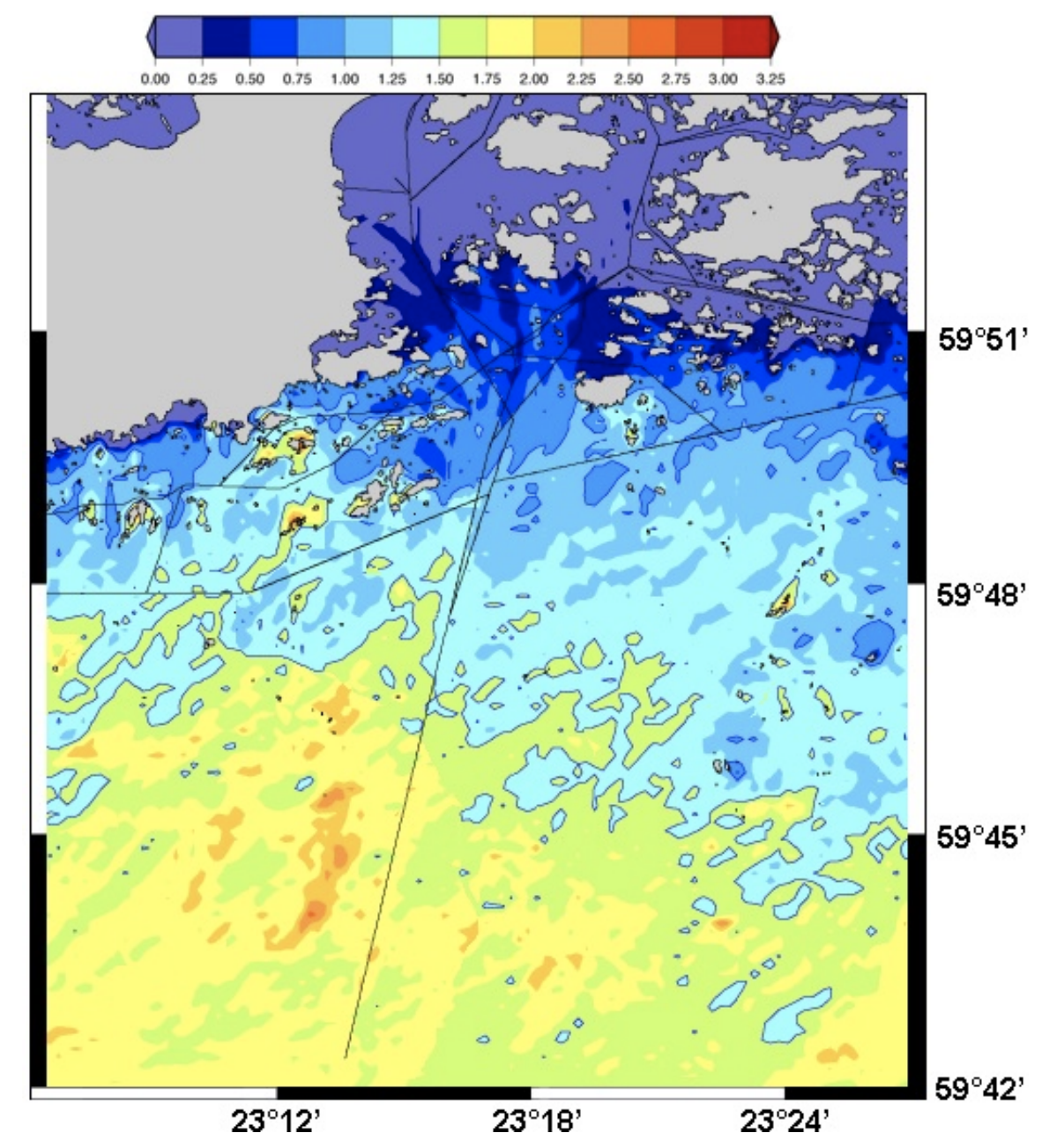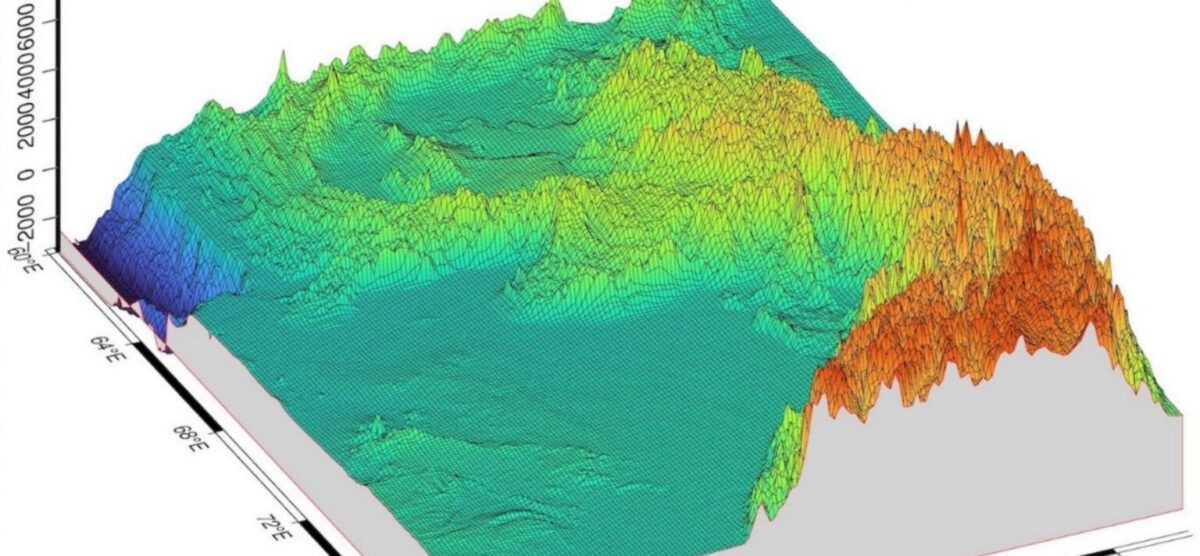Geophysica Vol. 56, Nos. 1–2, 2021
Abstract
Climate scenarios for Finland were updated to correspond the Shared Socioeconomic Pathway (SSP) greenhouse gas (GHG) scenarios, considering nearly 30 global climate models (GCMs) that participated in Phase 6 of the Coupled Model Intercomparison Project (CMIP6). The SSPs and CMIP6 GCMs had also been used by the Intergovernmental Panel on Climate Change (IPCC) in composing the Sixth Assessment Report, published in 2021. Projections are provided for three future 30-year periods and all four SSP scenarios from which enough GCM data were available. The signs and geographical patterns of the projected changes are mostly similar to those derived from the previous model generation, the amplitude of the changes depending on the GHG scenario. For example, by the period 2040–2069 under SSP2-4.5, mean temperatures are projected to increase in Finland by 2.4 (1.0–3.8) ◦C in summer and 3.3 (1.2–5.4) ◦C in winter (the multi-model mean change relative to 1981–2010 and, in parentheses, the 90 % uncertainty interval reflecting inter-model differences). Compared to the projections calculated from the previous model generations using comparable GHG scenarios (RCP4.5 or SRES B1), warming is fairly similar in winter but stronger in summer. The diurnal range of temperature is projected to be reduced in the cold season. Precipitation increases by 5 (−6 to 17) % in summer and 12 (0 to 24) % in winter, in good concordance with the previous projections. In summer, the sign of change is fairly uncertain, particularly in southern Finland. Estimates for seasonal incident solar radiation change have become brighter by 1–4 percentage points. For air pressure and wind speed, the multi-model mean changes are close to zero butinter-model spread is sizeable.


